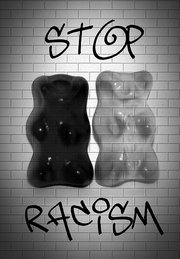history
Is an island nation of the Greater Antilles, 234 kilometres (145 mi) in length and as much as 80 kilometres (50 mi) in width situated in the Caribbean Sea. It is about 145 kilometres (90 mi) south of Cuba, and 190 kilometres (120 mi) west of the island of Hispaniola
Christopher Columbus arrived in 1494 there were over 200 villages ruled by chiefs or caciques, with the south coast of Jamaica being the most populated, especially around what is now known as Old Harbour
During the 1650s, the British captured Jamaica from the Spanish.
After almost five hundred years of European occupation and governance, Jamaica gained its independence from Britain on August 6, 1962.
Two important and significant changes – universal adult suffrage in 1944 and independence from Britain in 1962 - set the stage for a people once conquered, controlled and constrained, to become themselves the architects of a new nation.
 Our Flag
Our FlagA diagonal gold cross divides the flag into two black triangles and two green ones. Opposite triangles have the same colours. "Hardships there are, but the land is green and the sun shineth"
 The National Fruit and Dish
The National Fruit and DishAlthough ackee is not indigenous to Jamaica, we have embraced it as our own, making it our national fruit, and a key ingredient of our national dish - ackee and saltfish, which is usually served for breakfast or brunch. A delicious fruit and a local favourite, it is also a part of our everyday diet.
Teach us true respect for all
Jamaica, Jamaica
Jamaica, land we love














